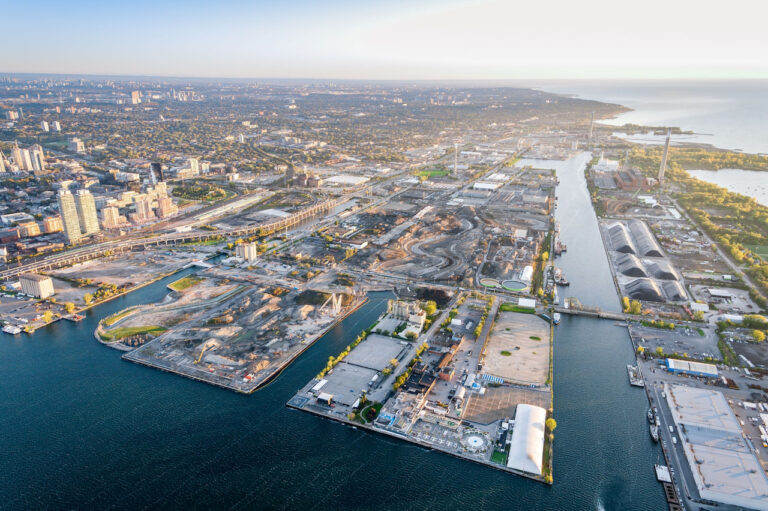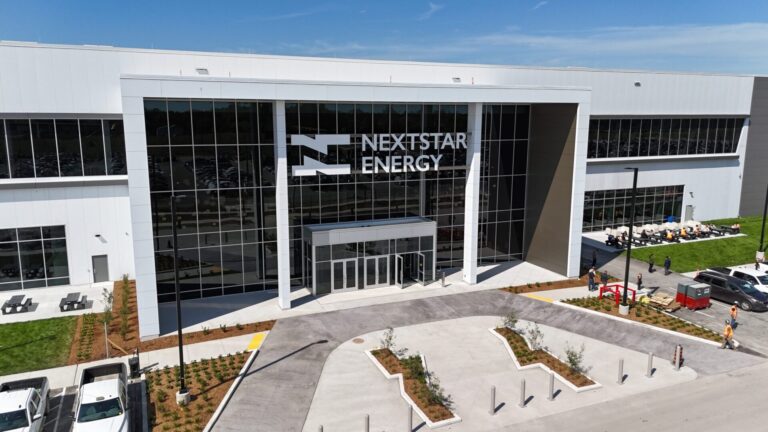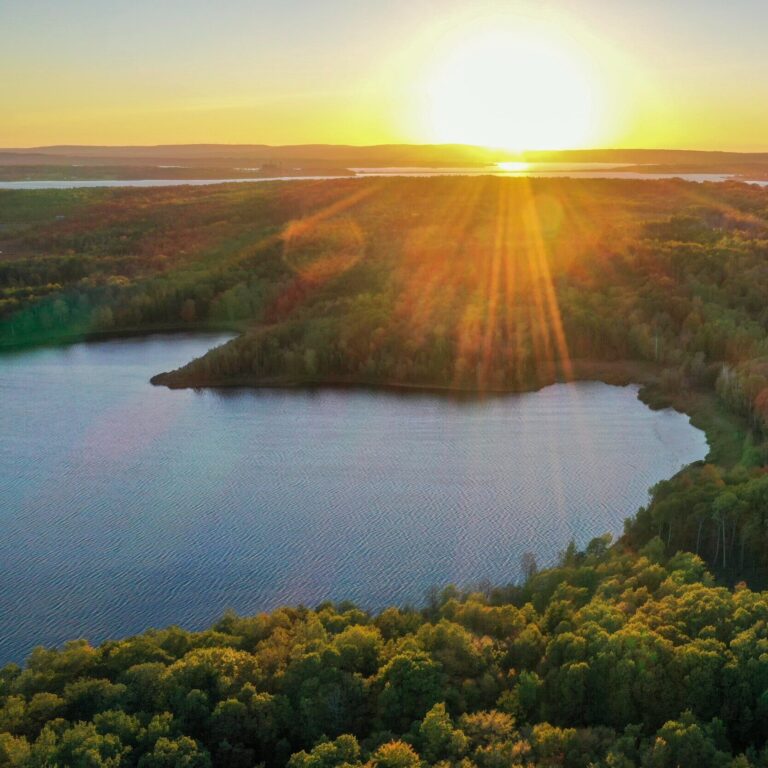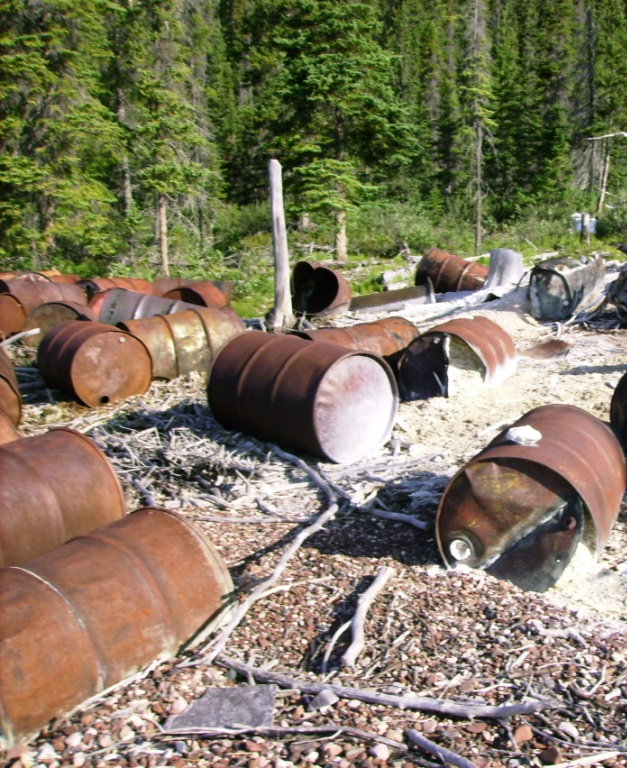Tuesday, October 7, 2025
MONTONI and the Fonds immobilier de solidarité FTQ have unveiled their vision for the redevelopment of the former Molson brewery—a waterfront site extending over more than half a kilometre of land along the St. Lawrence River in the heart of Montréal, Que.
The partners’ goal is for the Quartier Molson to be a model of sustainable real estate development, creating an unparalleled environment for living, working, meeting, entertaining and attracting tourists. It will comprise a vast public park with commanding views of the water and the emblematic features of the former brewery, and nearly 5,000 residential units to accommodate all types of households, including social, affordable and family housing, with an emphasis on walkability and an exciting blend of activities that align with Montrealers’ needs and values.
“This overall plan is the outcome of several years of hard work with our partners at the Fonds immobilier and architecture firm Sid Lee, with active co-operation from the City of Montréal,” said Dario Montoni, president of MONTONI.
“Our intent is to capture the soul and history of this unique place and to create a sustainable, vibrant, genuine mixed-use neighbourhood. We sincerely hope that this new neighbourhood will appeal to the Montréal community, honour the rich history of the site, of the Molson family and become a source of pride for everyone who loves our city.”
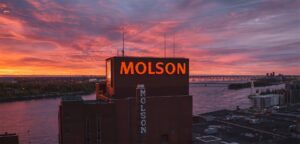
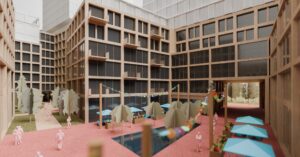
The Quartier Molson will be a model of sustainable real estate development, creating an unparalleled environment for living, working, meeting, entertaining and attracting tourists. (Credit: MONTONI.)
Some features of the project include the following:
- Public Green Spaces: Quartier Molson’s network of public green spaces will be landscaped to create a connection with the St. Lawrence and bring the district to life. Sohmer Park, a public space extending over almost 150,000 square feet, will offer matchless views onto the river, Île Sainte-Hélène and the Jacques Cartier Bridge. With its location closely corresponding that of the original Sohmer Park, it will evoke the recreational heritage which in the 19th century was home to musical, circus and vaudeville performances.
- Bridges and Parks: The future neighbourhood will focus on reconnecting the site with the surrounding districts, creating green, accessible and vibrant urban corridors. A new shoreline walk will harmonize the site’s connection to the river and extend the recreational and tourism attractions of the Old Port farther east within the borough of Ville-Marie. The new Craig Linear Park, meanwhile, will add a greenway adjacent to the Jacques Cartier Bridge deck, tempering the division that the bridge creates between the former industrial site and the Sainte-Marie neighbourhood. The site will be dotted with courtyards planned for maximized sun exposure having retail uses as well as gardens and tranquil spaces for rest and enjoyment of the residents and visitors.
- Affordable Residences: The project calls for the creation of nearly 5,000 residential units. In keeping with the developers’ vision for the site and with Montréal’s By-law for a Diverse Metropolis, the units will include rental housing suitable for current needs, with harmonious integration of social, affordable and family housing onsite the whole to ensure an inclusive, sustainable social mix.
- Heritage Preservation: This project will celebrate and preserve the historic heart and soul of the former Molson brewery thanks to its progressive vision of heritage as an integral part of a modern new district. Emblematic features like the Molson tower, chimney stack, clock and lighted sign will be enhanced, becoming key neighbourhood landmarks. With a careful approach supported by expert consultations, the neighbourhood will weave powerful connections between its built heritage, industrial origins and collective memory.
- Sustainable Development: The project is designed to be a model for the future of sustainable real estate development, targeting both LEED and ZCB (Zero-Carbon Building) certification, and will use advanced energy-efficiency technology, including, potentially, an energy loop system currently under study. It is expected to lay the foundations for a resilient, green neighbourhood that will be an inspiration to future generations.
“We feel privileged to be co-owners of this iconic site and to be actively contributing to its development, along with our partners,” said Martin Raymond, president and CEO Fonds immobilier de solidarité FTQ.
“We firmly believe that this new neighbourhood will be a showcase, with almost 5,000 families moving there to live, while at the same time being resolutely forward-looking by incorporating sustainable building practices. Our investments will benefit not only our shareholder-savers, but also the economy as a whole.”
For further information, click here.
Featured image credit: Getty Images.





